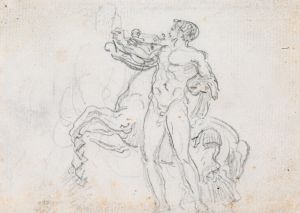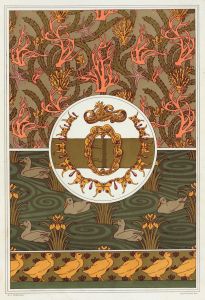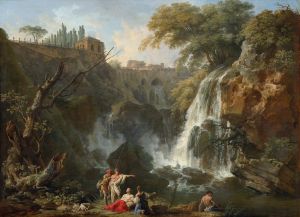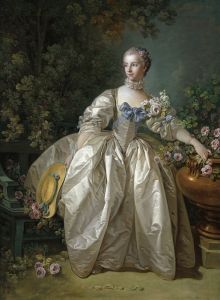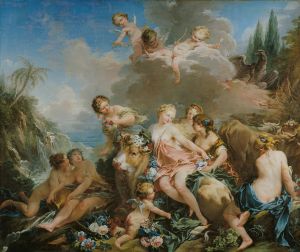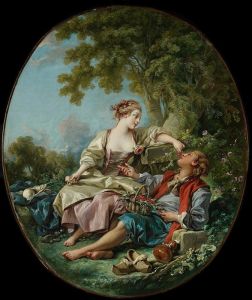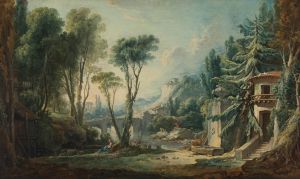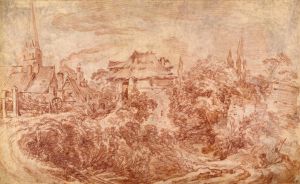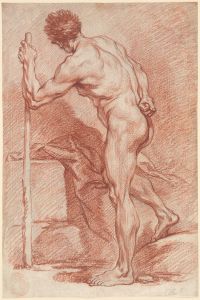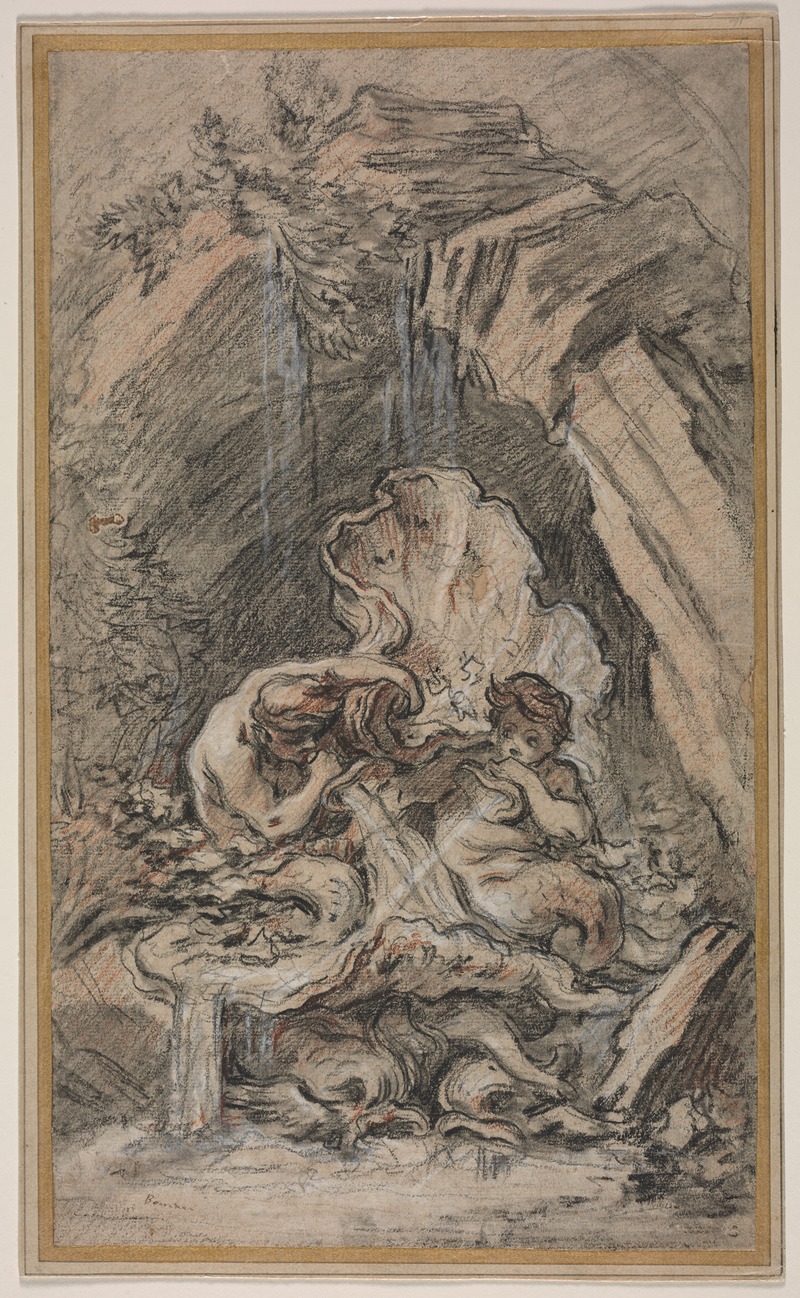
Fountain with Two Tritons Blowing Conch Shells
A hand-painted replica of François Boucher’s masterpiece Fountain with Two Tritons Blowing Conch Shells, meticulously crafted by professional artists to capture the true essence of the original. Each piece is created with museum-quality canvas and rare mineral pigments, carefully painted by experienced artists with delicate brushstrokes and rich, layered colors to perfectly recreate the texture of the original artwork. Unlike machine-printed reproductions, this hand-painted version brings the painting to life, infused with the artist’s emotions and skill in every stroke. Whether for personal collection or home decoration, it instantly elevates the artistic atmosphere of any space.
François Boucher (1703–1770) was a prominent French painter, draughtsman, and etcher, known for his Rococo style, which often depicted classical themes, pastoral scenes, and voluptuous figures. One of his notable works is "Fountain with Two Tritons Blowing Conch Shells," which exemplifies his mastery in capturing mythological subjects with a sense of elegance and movement.
"Fountain with Two Tritons Blowing Conch Shells" is an exquisite example of Boucher's ability to blend classical mythology with the Rococo aesthetic. The painting features two Tritons, mythological sea deities, who are depicted blowing conch shells. Tritons are often represented as mermen, with the upper body of a human and the tail of a fish, and are typically associated with the god Poseidon (Neptune in Roman mythology). In this work, Boucher captures the dynamic energy and fluidity of the Tritons as they engage in their task.
The composition of the painting is characterized by its intricate detailing and the harmonious arrangement of figures and elements. Boucher's use of soft, pastel colors and delicate brushwork enhances the ethereal quality of the scene. The Tritons are positioned in a way that creates a sense of movement and interaction, with their bodies twisting and turning as they blow into the conch shells. The water from the fountain adds to the dynamic nature of the composition, creating a lively and animated atmosphere.
Boucher's attention to detail is evident in the rendering of the Tritons' muscular forms and the intricate patterns on the conch shells. The artist's skillful use of light and shadow adds depth and dimension to the figures, making them appear almost three-dimensional. The background of the painting features lush foliage and classical architectural elements, which further enhance the mythological setting.
This painting reflects Boucher's fascination with classical mythology and his ability to reinterpret these themes through the lens of Rococo art. The Rococo style, which emerged in early 18th-century France, is characterized by its ornate and decorative qualities, as well as its emphasis on lightness, elegance, and playful subject matter. Boucher was one of the leading artists of this movement, and his works often featured idyllic and fantastical scenes that appealed to the tastes of the French aristocracy.
"Fountain with Two Tritons Blowing Conch Shells" is a testament to Boucher's artistic prowess and his ability to create visually captivating compositions. The painting not only showcases his technical skill but also his imaginative approach to classical themes. Through his work, Boucher contributed to the development of Rococo art and left a lasting impact on the artistic landscape of 18th-century France.
In summary, François Boucher's "Fountain with Two Tritons Blowing Conch Shells" is a remarkable example of Rococo art that combines classical mythology with the artist's distinctive style. The painting's dynamic composition, intricate detailing, and elegant use of color and light make it a significant work in Boucher's oeuvre and a notable piece in the history of French art.






